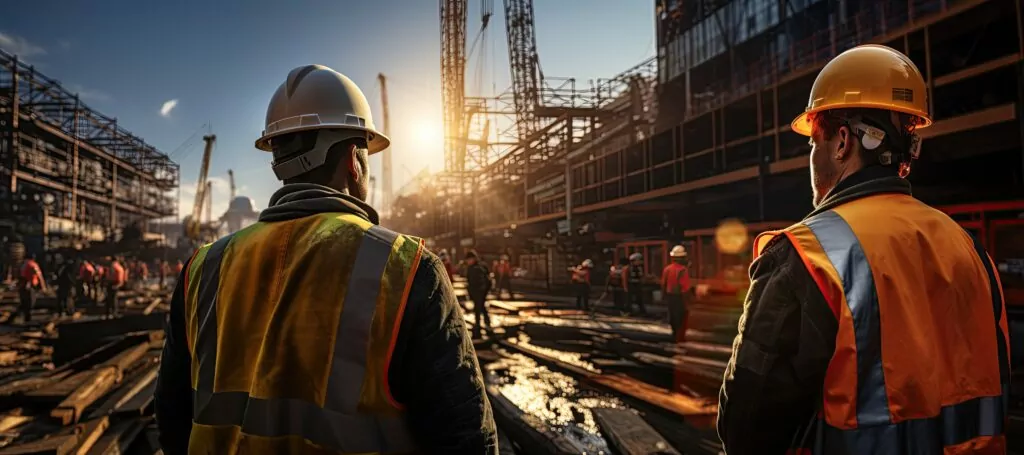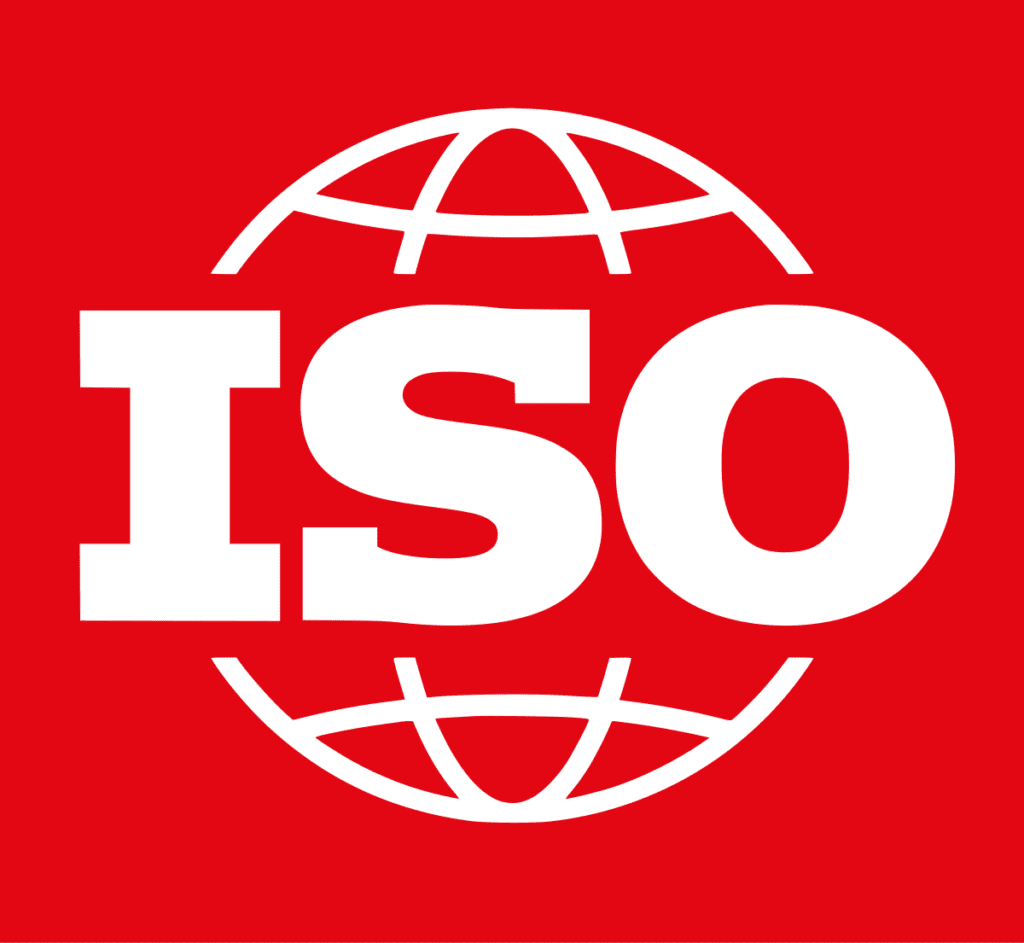How IoT and BIM Collaborate for Smart Infrastructure?
Integrating BIM with real-time data from IoT devices can present a powerful model for enhancing construction and operational efficiency. This integration can assist with the creation of smart buildings that are more sustainable for the environment and safer for the occupants.
This blog will cover three main topics to help you gain a thorough understanding of the role of IoT in BIM. These include:
- What is IoT?
- IoT and Smart Technologies
- IoT and BIM
What is IoT?
IoT involves attaching unique identifiers to physical objects, enabling them to connect to a network. This connection allows for data to be transferred to and from these objects. These objects are equipped with sensors, software, and other technologies that facilitate their connection and data exchange with other devices and systems over the Internet.
IoT devices can include many objects such as people, animals, plants, appliances, mechanical equipment, and building components.
The data produced by these devices can be utilised for a variety of purposes. These include environmental monitoring and control, process optimisation, efficiency improvement, and the creation of new services.
The ISO/IEC 30141 standard defines IoT as “An infrastructure of interconnected entities, people, systems and information resources together with services which process and react to information from the physical world and the virtual world”.
Internet-enabled devices influence the development of manufacturing processes, communications technologies, energy distribution, transport networks, healthcare, etc. The high number of components used in the construction and operation of buildings means that the potential for IoT application is very significant.
IoT & Smart Technologies
As mentioned, IoT refers to the network of interconnected physical devices embedded with sensors, software, and other technologies. These devices collect and exchange data over the internet, enabling them to communicate and interact with each other.
Components of IoT
IoT has four components that describe the functioning of most of the IoT systems:

Through the integration of IoT and enhanced capabilities of smart technologies, these features and functionalities have become apparent.
These include:
Enhanced Functionality – IoT enables devices to be interconnected and share data, contributing to the “smartness” of technologies by enhancing their capabilities and providing new functionalities.
Data-Driven Intelligence – The data generated by IoT devices is crucial for making smart technologies more intelligent. This data can be analysed to gain insights, optimise processes, and improve decision-making.
Automation – The combination of IoT and smart technologies often leads to increased automation. Devices can autonomously respond to data inputs, leading to more efficient and responsive systems.
Reduced costs – By implementing Smart Devices and Systems there is an increase in efficiency and enhancing quality control. IoT and Smart Technologies can help to reduce the overall cost of construction projects.
IoT & BIM
IoT has the potential to significantly improve BIM processes by making it more collaborative, efficient, and accurate. As IoT technology continues to develop, we can expect to see innovative ways to use it to benefit the construction industry.
ISO 19650 standards specify the management of information using BIM. This consists of five parts that cover the different phases:
- Asset lifecycle
- Design,
- Construction
- Operation
- Maintenance
No matter what stage of the project your organisation is currently working towards, Pentagon can help integrate IoT and BIM processes.
Integrating IoT and BIM processes can result in several benefits for your organisation. The collection of real-time data from construction sites can be shared with all stakeholders throughout the BIM model, enabling transparency between stakeholders. Any issues or faults can also be identified and resolved quickly.
This preventive approach to finding issues alongside real-time data integration allows for more data-driven decisions to improve the quality of the project. This approach also ensures the project doesn’t run over its allocated budget and reduces delays.

Real-time monitoring of the quality of construction work can help to quickly identify and address any problems before they become more serious. This approach improves all qualities of the projects, and all team members are collaborative at all stages.
Data from IoT can be used to automate many tasks in your BIM process such as generating reports, tracking progress, and identifying potential problems. These processes are time-consuming for construction professionals, however automating this allows them to focus on more important tasks and helps to improve the overall efficiency of the project.
How can IoT be used to benefit BIM processes?
- Asset tracking – IoT sensors can be used to track the location and status of assets on the construction site, such as tools, equipment, and materials. This can help to reduce theft and loss, as well as the efficiency of resource management improving.
- Environmental monitoring – IoT sensors can be used to monitor environmental conditions on the construction site, such as temperature, humidity, and air quality. This data can be used to ensure that workers are safe and comfortable and to identify any potential problems with the building design or construction process.
- Performance monitoring – IoT sensors can monitor the performance of building systems and equipment in real-time. This data can be used to identify and address any problems early on and to optimise the efficiency of the building.
Conclusion
At Pentagon, we specialise in advancing your organisations beyond traditional processes and towards advanced integrated workflows through emerging technologies.
Through the integration of IoT and BIM, we enable businesses to access real-time data which helps transform their operations. From construction site monitoring to building systems optimisation, our services provide a comprehensive solution for the entire life cycle of your projects.
By linking technologies to real-time data, your organisations can make informed, data-driven decisions. Whether it’s enhancing construction efficiency, optimising space utilisation, or streamlining facility management, our integrated services allow for a more streamlined and intelligent approach to your operations.
Pentagon can guide your organisation towards the future of intelligent, data-centric decision-making; through these integrated IoT and BIM services.


